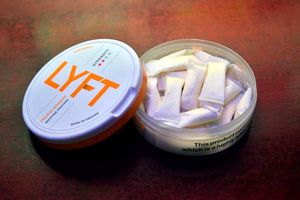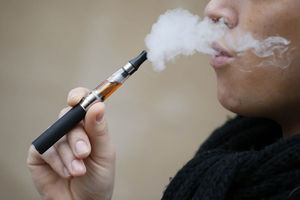Why WHO wants young people to lead anti-tobacco campaigns

A man lights a cigarette. The World Health Organisation (WHO) wants young people recruited into anti-tobacco campaigns to stop children and the youth from being lured into smoking.
The World Health Organisation (WHO) wants young people recruited into anti-tobacco campaigns to stop children and the youth from being lured into smoking.
The WHO Framework Convention on Tobacco Control (FCTC) says the young anti-tobacco crusaders will be instrumental in pushing governments to stop predatory tobacco marketing tactics.
Targeting young people is intended to help reduce the growing number of youths who become addicted to cigarettes.
“On World No Tobacco Day, governments are called on to do everything possible to protect current and future generations from the harms of tobacco by implementing the evidence-based measures in the WHO FCTC,” said Andrew Black, team lead at the WHO FCTC secretariat.
According to medical research, there has been a rise in teenage smoking in the past 10 years, even as the number of older smokers has been falling.
WHO, in a statement released Friday to mark World No Tobacco Day, said the tobacco industry has long targeted the youth, hoping to create a new wave of “addiction and never-ending profits.”
The Secretariat of the WHO FCTC is supporting WHO’s "Stop the Lies" campaign, which seeks to protect young people from being recruited into smoking through means believed to be predatory marketing and promotion of tobacco products.
Very few take up the habit of smoking as adults.
Tobacco companies, however, deny the accusation that they have deliberately targeted young people with tobacco advertising.
“BAT has strict guidelines to prevent sales to underage and research guidelines which mandate that market research is only conducted on adult nicotine consumers,” BAT Kenya said in a statement Friday.
Smokeless nicotine
The Kenyan unit of the UK multinational is calling for sustainable regulation of smokeless nicotine and tobacco products to achieve a smoke-free Kenya.
“To realise the public health potential offered by smokeless products, appropriate regulation is required to encourage adult smokers to switch and protect consumers from inauthentic products with stringent safety standards and prevent underage access and use,” said BAT Kenya.
“Smokeless alternatives to cigarettes, including vapour products and nicotine pouches, are key to supporting the Government’s public health agenda.”
This year’s anti-tobacco day focuses on the youth, with a campaign that provides a platform for young people to push governments to stop predatory tobacco marketing tactics.
“The tobacco industry does this to recruit new tobacco and nicotine users as customers, especially as it needs to replace “customers” who die from tobacco-related diseases,” said WHO.
Sibling behaviour also had a huge influence, with children being four times more likely to smoke if their brothers and sisters did.
The WHO FCTC is an international treaty that binds 183 countries and seeks to stop the escalation in smoking and other forms of tobacco consumption by children and adolescents worldwide.
Anti-Tobacco Day, also known as World No Tobacco Day, is observed as a WHO-led global initiative to raise awareness about the harmful effects of tobacco use and to push for effective policies to reduce tobacco consumption.
The day is observed to educate the public about the health risks associated with tobacco use, including smoking and smokeless tobacco products.





